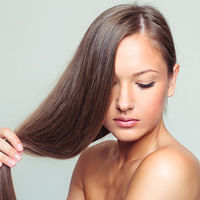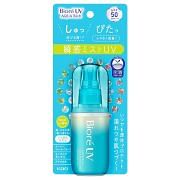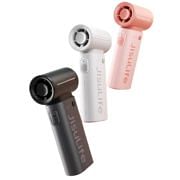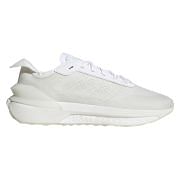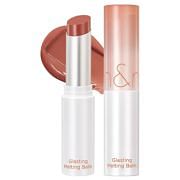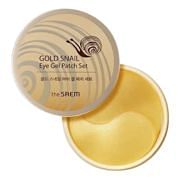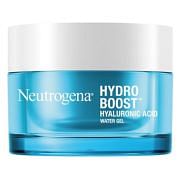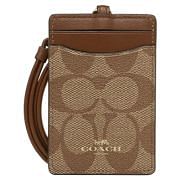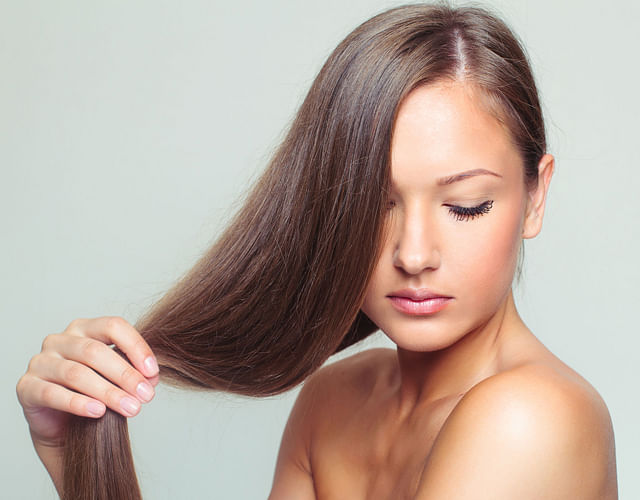
1 Seek professional help.
Most hair loss conditions can be treated. At Dr Eileen Tan Skin, Laser & Hair Transplant Clinic, dermatologist Dr Eileen Tan usually prescribes treatments such as minoxidil, a solution that is applied to the scalp to stimulate hair growth, and anti-androgens, which are taken orally to reduce hair loss. Also available is a low-level laser light therapy that targets the hair tissue to hasten microcirculation and wound healing. Patients with more serious hair loss can also consider hair transplantation, where hair-bearing skin is surgically removed from other parts of the body and placed in the problem areas, to encourage permanent and natural hair growth.
2 Load up on protein-rich foods.
Your hair comprises 95 per cent protein (the rest is water), so a diet high in protein can help promote healthier tresses. “Look for foods such as fish, eggs, beans, and yogurt,” says dermatologist Dr Tan. “Vitamins are important for general health and, by extension, hair health. Nutritional deficiencies in iron and zinc can accelerate hair loss so a good multivitamin with vitamin B, zinc and biotin, taken daily, will help hair grow stronger and healthier.”
3 Choose a shampoo that suits the condition of your scalp.
“Shampoo is applied directly on the scalp while conditioner is applied directly on the hair ends,” says Kitty Lai, salon director of Botanics Creation Hair Studio & Hair Spa. “Poor scalp care can lead to clogged pores, leaving your scalp oily, itchy and vulnerable to dandruff. For example, if you have an oily scalp and very dry hair ends, choose a shampoo and conditioner according to these needs.” To regulate sebum levels, she recommends Physia Shampessence Normalising Shampoo, $36 (250ml), which is free of harmful ingredients like alcohol and sodium lauryl sulfate and enriched with essential oils to maintain scalp hygiene and provide volume.
4 Get your hair checked.
“If you are losing more than 100 strands of hair a day within one or two weeks, it may be necessary to consult a dermatologist,” suggests Dr Tan. A blood and/or hair diagnostic test may be done to determine the cause of the condition so that it can be treated accordingly. The most common form of hair loss is known as androgenetic alopecia, or male or female pattern hair loss, where hair loss occurs due to genetic or hormonal factors. In men, the hairline recedes, with hair loss more significant in the front and crown areas. In women, however, the hair thinning typically happens behind the hairline. Other conditions include alopecia areata (possibly due to medication) and telogen effluvium (possibly due to stress).
5 Dry your hair before bed.
When water accumulates on the hair, the hair shaft can swell and become porous, making it prone to damage. Also, as damp hair forms and dries into tangles and knots, breakage can occur. Damp hair in a warm environment can become a hotbed for bacteria already present on pillows and bedding, which eventually gives rise to dandruff and hair loss. TIP: Bio-T Hair Loss Shampoo, $39 (500g), contains panax notoginseng root extract, an ingredient patented by the Korean Ministry of Food and Drug Safety, to boost hair growth. It is available at Venus Beauty outlets.
6 Establish a hair care regimen, even when expecting.
Some mothers experience substantial hair loss up to six months after delivery. So prepare to switch to a formulation like DS Laboratories’ Spectral. CSF Women’s Anti-aging Serum For Thinning Hair, $58 (60ml), which protects against hormonal-related shedding and targets areas such as the hairline, vertex and temporal regions. Says Jennifer Chin, head consultant at Botanics Creation Hair Studio & Hair Spa: “Instead of waiting for hair loss to happen, take preventive measures by undergoing regular scalp treatments during your pregnancy.”
7 Schedule regular cuts.
If you have short hair, get a trim every one and a half months to maintain the shape and style, says Kitty. For long hair, three months between appointments is fine.
8 Allow hair to dry naturally.
Excessive heat can weaken your hair, especially if it’s coloured. Blow-drying removes moisture from hair, can cause hair cuticles to become dry and brittle. If you must, work quickly with styling tools – keep the curling iron to three seconds or less for each section of hair. And when blow-drying, aim the nozzle downwards on the hair shaft – this flattens and smoothens hair cuticles, allowing them to reflect more light and appear shinier and healthier.
9 Have a deep treatment.
Conditioners, masks and other leave-in products can hydrate and soften tresses, but for longer-lasting benefits, salon treatments work best. Botanics Creation Hair Studio & Hair Spa offers various options, including a Salon Hair End Treatment, $158, which delivers essential nutrients to cells, giving you a silkier and smoother mane for up to two weeks.
10 Shield your strands from the sun.
UV exposure can discolour your hair and leave it more brittle, says Dr Tan. “So whenever you need to go under the sun, wear a hat or style your hair with products that offer UV protection.”
11 Shampoo every day.
Given Singapore’s warm and humid weather, sebum and dirt accumulate easily and quickly in skin cells. “It is recommended that you wash your hair every day,” advises Jennifer. Physia Shampessenza Lenitiva Sensitive Shampoo, $36, (250ml), is a mild formulation that soothes sensitive and reactive scalps as it hydrates.
12 Switch to cool water.
Hot water can leave hair limp and slack. When used on coloured hair, hot water not only dehydrates hair but also speeds up colour loss. So while warm water is preferred for a more effective lather and shampoo, use cold water during the final rinse – it seals your hair cuticles and imparts more shine.
13 Keep scalp healthy with a massage.
During shampooing or rinsing, massage your head using your fingertips. These circular motions increase blood flow to the scalp, delivering nutrients to your hair follicles more quickly. If you’re feeling indulgent, pamper yourself with the Spa Scalp Treatment, $238, at Botanics Creation Hair Studio & Hair Spa. The session includes a scalp lymphatic massage that supposedly eliminates toxins and improves circulation.
14 Clean your hairbrushes.
Stray hairs and styling product can build up on the bristles of your hairbrush, which can easily be transferred onto your scalp and strands during brushing. As a general rule of thumb, wash your hairbrushes every week. If you use a clarifying shampoo like Bio-T Tea Tree Shampoo, $39 (500g), to refresh and rejuvenate your oily tresses, mix it with water in a bowl and soak the hairbrush for several minutes. Rinse and remove remaining residue with a plastic fork. It’s available at Venus Beauty outlets.
15 Change the way you style your hair.
If you keep your hair in a ponytail, for example, avoid pulling it into the same spot every day to minimise breakage. As strands start to weaken, they can break and eventually leave you with flyaways. If you love this season’s romantic braided styles, refrain from pulling hair too tightly to avoid damaging it. Instead, try tucking hair into loose braids to create soft waves instantly.
16 Remember, less is more.
Hair can feel heavy and look greasy when you overdose on styling products. To avoid using more than necessary, rub the product in your hands first instead of applying it directly on hair.
17 Replenish moisture.
If your hair is dry, it is likely to become frizzy. To rehydrate it, apply a few drops of Bio-T Miracle Elixir Oil, $49 (96ml), on hair and run through before brushing. This super-lightweight serum is made with silk protein to help moisture bind to hair, boost volume and improve manageability. It also contains precious argan oil to repair, smooth and strengthen hair cuticles. It’s available at Venus Beauty outlets.
18 Use the right pillowcase.
Satin is best but 600 thread-count Egyptian cotton pillowcases also do a credible job of keeping your tresses in tip-top condition. These cause less friction than regular cotton ones so your hair is less likely to break when you toss and turn during slumber.
19 Brush. Brush. Brush.
Brushing your hair boosts blood circulation in the scalp and ensures more efficient delivery of nutrients to the follicles. The healthier your follicles, the healthier your hair will appear. Start several inches from the hair ends, and work your way up the shaft, using fingers to gently detangle any knots along the way. However, when hair is wet, use a wide-toothed comb instead of a brush as hair is more fragile and will snap easily when force is applied.
20 Pump up the volume.
A buoyant mane always looks youthful. Consider a shampoo like DS Laboratories’ Revita, $38.90 (180ml), created to boost hair growth while restoring scalp health. To create additional volume in a flash, blow-dry wet hair upside down to redirect the root. Got extra minutes to spare? Spritz on a volumising product.
This article was originally published in Simply Her May 2015.


